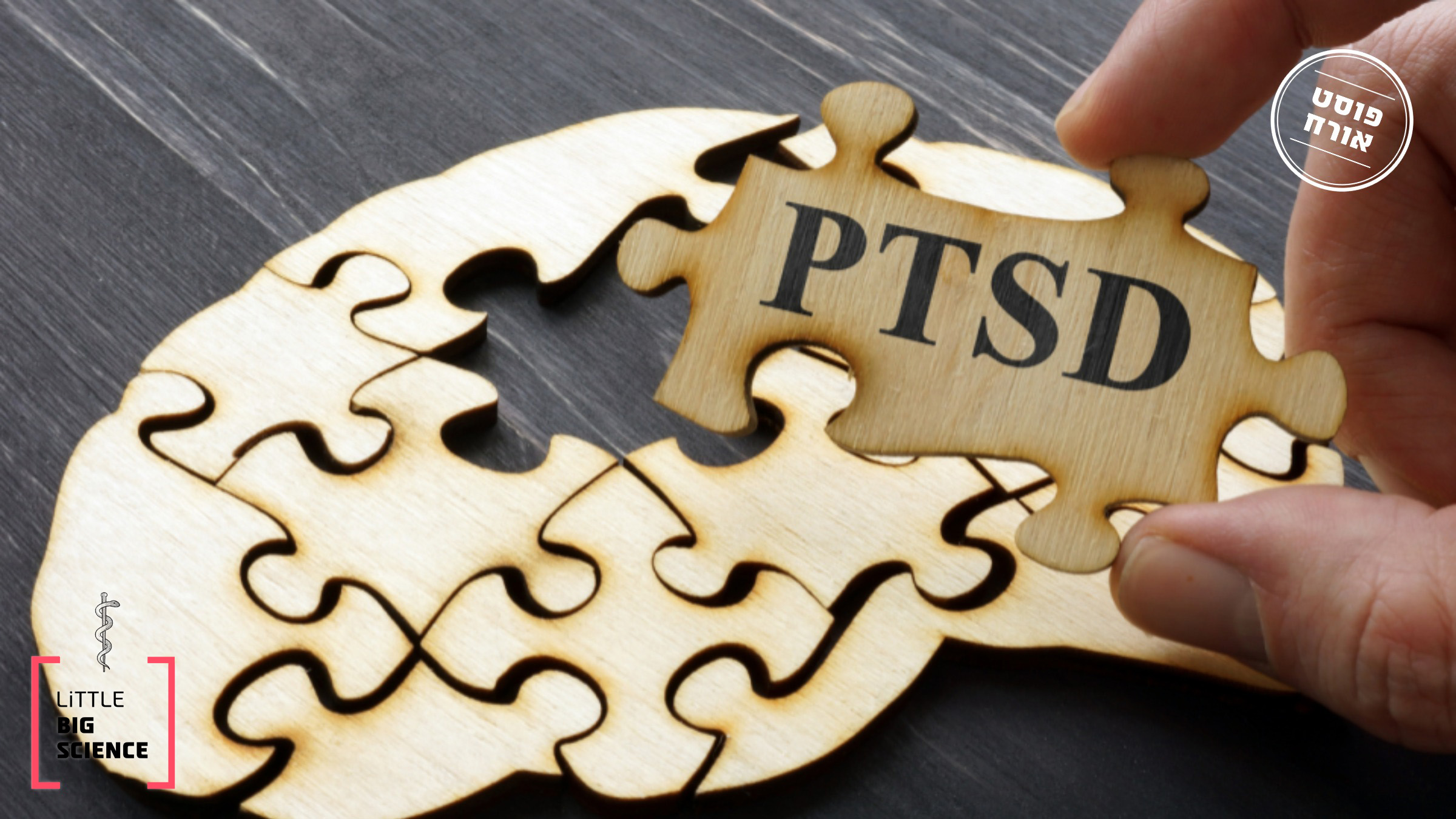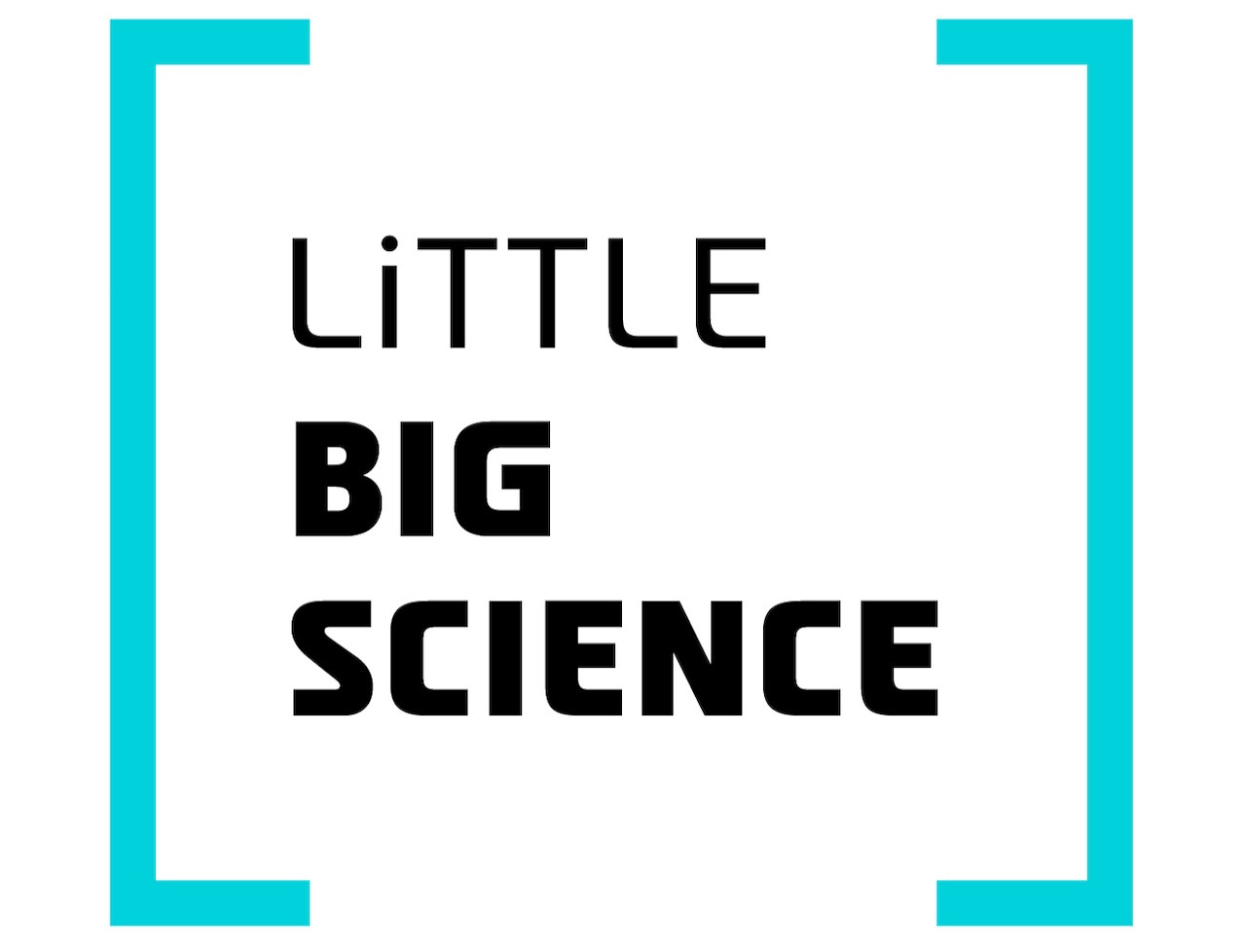
Advertisement
By Anna Zarembo, Friend of the Association, in collaboration with Doron Ornstein
Years ago, when I was a new driver, I was driving my first car when suddenly another vehicle appeared on my right. Its driver ignored the traffic laws and crossed the intersection on a red light. I braked quickly, but we still collided. To this day I remember the screech of the brakes and the smell of burnt rubber. Fortunately, the crash ended without serious injuries.
Despite the shock of the accident, I went back to driving immediately. During the first two weeks I became anxious whenever a car approached from my right or I heard a brake screech, but after a month that, too, passed. I “got off easy” and did not develop post-trauma, unlike about 14% of people involved in road accidents [1].
Unfortunately, post-traumatic stress disorder (PTSD) is fairly common, especially in Israel, and not only after traffic accidents [2]. It can affect people for years after exposure to threatening events such as wars, accidents, violent crimes, sexual assaults, and the like. PTSD is usually characterized by very negative emotions—fear, anxiety, helplessness—recurring memories, and avoidance behaviors.
In recent decades, breakthroughs in brain research have come thanks to functional magnetic resonance imaging (fMRI). This device [3] provides a dynamic picture of brain activity and identifies areas with increased blood flow, indicating heightened neuronal activity. Using fMRI, researchers can examine what happens in the brains of people suffering from PTSD.
Imagine a person who has experienced a car accident lying inside an fMRI scanner. What happens in the brain when they hear sounds associated with the accident, such as screeching brakes and the crash’s thud? Researchers discovered an intriguing phenomenon: people with PTSD showed increased activity in brain regions responsible for emotions, most notably the amygdala [4], which governs emotional regulation and the formation of emotional memories. By contrast, resilient individuals who did not develop PTSD exhibited heightened activity in the prefrontal cortex, a brain region linked to many cognitive functions, including rational thinking.
According to a widely accepted model [5], there are two types of memory: long-term memory, located mainly in the hippocampus, and trauma memory, stored in the amygdala and preserved under stress. PTSD experts explain the relationship between the two using a simple analogy [6]. Picture long-term memory as a folder where memories are filed chronologically; you can pull them out, review them, even reorganize them. Trauma memory, however, is kept in the amygdala differently. The amygdala’s rapid-response area can be likened to an emergency call center. When a report like “Explosion sound—there’s an attack!” arrives, the “dispatcher” immediately mobilizes the body’s emergency units: the heart races, stress hormones are released, and the body reacts. Sometimes, under pressure, the dispatcher jots down the memory on a sticky note but forgets to add a date. This note—the trauma memory—remains on the desk. If, in the future, a noise resembling an explosion is heard, a trigger linked to the earlier event, the trauma memory is activated instead of the long-term memory, and the dispatcher may trigger a response with no rational explanation.
From this model we learn that a memory stored in the amygdala’s trauma system drives development of PTSD. The real picture is of course more complex. Studies have shown that trauma memory is stored in the amygdala because, unlike the hippocampus, it has a direct link to sensory areas of the brain, and when a strong stimulus—say, an explosion—occurs, the trauma memory is etched into the amygdala [7].
In the past, practitioners tried to help trauma survivors with a debriefing technique. It allowed sufferers to vent their emotional burden, but studies showed it was ineffective. Brain research clarified why: instead of calming emotional activity and shifting focus to cognition, the technique actually intensified emotional overload. Today’s interventions therefore emphasize the cognitive component.
PTSD’s typical symptoms—nightmares, anxiety, psychological distress—usually appear about a month after the event. So, what can be done shortly after the incident to prevent them? One method is based on shifting focus from emotion to cognition. The Ministry of Health has adopted it for treating anxiety victims, and anyone can use it. Developed by Dr. Moshe Farhi of Tel-Hai College, the method is called מעשה, a Hebrew acronym that translates into FEAC [8], and represents its four principles:
(F) Focus the victim’s attention and create commitment: “Can you hear me? I’m with you!”
(E) Encourage action: “Help me gather the people.”
(A) Ask thought-provoking questions: “How many people are around you?”
(C) Constructing the sequence of events: “That’s it, the event ended five minutes ago.”
Do not say to the victim, “Calm down, everything’s fine,” or “I understand—it's okay to be scared and cry.” The key principle is to activate the cognitive channel rather than the emotional one in the first hours after the event.
Research on PTSD survivors reinforces the importance of engaging the cognitive channel. In several studies, participants who played Tetris after a trigger related to a past traumatic event experienced a reduced number of flashbacks (intrusive traumatic memories) [9].
Indeed, research points to possible ways to help cope with PTSD, mainly through cognition. We hope that in the future such studies will reveal methods to prevent this painful condition altogether, but unfortunately that road is still long.
Anna Zarembo is a physician, MSW, and Jungian psychoanalytic therapist
Hebrew editing: Adva Schwartz
English editing: Elee Shimshoni
Sources and further reading:
[1] Post-trauma after a car accident
[2] PTSD
[3] Radiation and Magnetic Resonance – About MRI
[4] The amygdala
[6] Video on the two-memory model
[7] Emotional circuits in the brain
[9] The effect of Tetris or word games on the number of flashbacks








